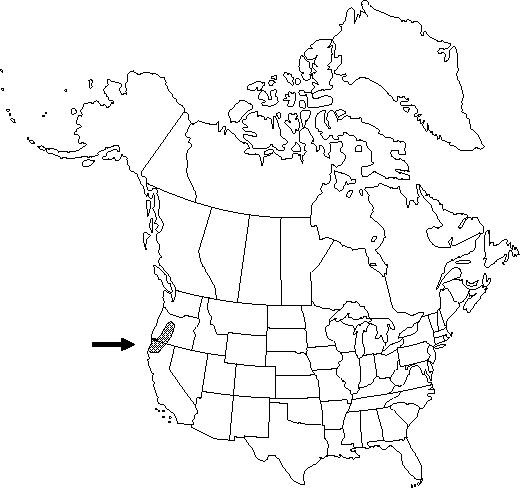familyRanunculaceae
genusRanunculus
subgenusRanunculus subg. Ranunculus
sectionRanunculus sect. Flammula
speciesRanunculus gormanii
Difference between revisions of "Ranunculus gormanii"
Pittonia 3: 91. 1896.
Endemic
Treatment appears in FNA Volume 3.
FNA>Volume Importer |
imported>Volume Importer |
||
| Line 50: | Line 50: | ||
|publication year=1896 | |publication year=1896 | ||
|special status=Endemic | |special status=Endemic | ||
| − | |source xml=https:// | + | |source xml=https://bibilujan@bitbucket.org/aafc-mbb/fna-data-curation.git/src/bb6b7e3a7de7d3b7888a1ad48c7fd8f5c722d8d6/coarse_grained_fna_xml/V3/V3_63.xml |
|genus=Ranunculus | |genus=Ranunculus | ||
|subgenus=Ranunculus subg. Ranunculus | |subgenus=Ranunculus subg. Ranunculus | ||
Revision as of 23:04, 27 May 2020
Stems prostrate, sometimes rooting nodally, glabrous. Roots thickened basally, glabrous. Proximal cauline leaf blades narrowly to broadly ovate, 1.2-4 × 0.7-2 cm, base rounded, truncate or sometimes obtuse, margins entire or denticulate, apex obtuse or acute. Inflorescences: bracts ovate or sometimes lanceolate. Flowers: receptacle glabrous; sepals 5, spreading or reflexed from near base, 2-4 × 1-3 mm, glabrous; petals 5-6, 4-6 × 2-4 mm; nectary scales glabrous. Heads of achenes hemispheric, 2-3 × 3-4 mm; achenes 1.2-2 × 1.2-1.4 mm, glabrous; beak lanceolate to subulate, straight or curved, 0.6-0.8 mm.
Phenology: Flowering spring–summer (May–Jul).
Habitat: Damp soil of meadows and stream banks
Elevation: 900-3300 m
Discussion
Ranunculus gormanii is restricted to middle elevations in the Klamath and southern Cascade Mountains.
Selected References
None.
Lower Taxa
None.
